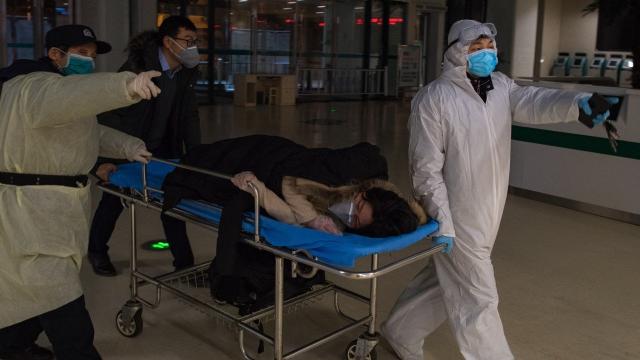“We have it totally under control.” — President Trump, in an interview, on Jan. 22
“We're in great shape in our country. We have 11, and the 11 are getting better. ” — Trump, in remarks, on Feb. 10
“You may ask about the coronavirus, which is very well under control in our country.” — Trump, in a news conference, on Feb. 25
“It’s going to disappear. One day — it’s like a miracle — it will disappear.” — Trump, in remarks, on Feb. 27
“Anybody that needs a test, gets a test. They’re there. They have the tests. And the tests are beautiful.” — Trump, in remarks at the Centers for Disease Control and Prevention in Atlanta, March 6
When the first U.S. case of the novel coronavirus was confirmed, President Trump assured the American people that the situation was “totally under control.” Cabinet officials, the vice president and the president repeated that refrain throughout February. By the end of that month, as global financial markets and the American public started to quiver, Trump held firm: “You may ask about the coronavirus, which is very well under control in our country.”
With the clarity of hindsight, it is obvious the situation was very much not under control. In reality, a lack of testing gave a false picture of how many people across the country were infected.
Through government documents, testimony, news reports and interviews, The Fact Checker video team has reconstructed events that left the government blind to the virus’s spread, and examined how those errors opened the door for 11 confirmed cases to balloon to more than 100,000 in less than six weeks.
The Facts
The novel coronavirus was first detected in early December in Wuhan, China. Chinese officials reported the pneumonia-like disease to the World Health Organization (WHO) at the end of December, but neglected to mention growing evidence that the virus could spread by human-to-human transmission through airborne droplets.
Still, China’s previous failures to be forthcoming about public health crises meant that public health officials elsewhere already were wary of its government’s official statements. As reports of the mysterious virus increased, the Centers for Disease Control and Prevention (CDC) warned Americans against traveling to China and activated an emergency management tool used to direct operations, deliver resources and share information.
Despite the alarm bells and increased intelligence briefings, Health and Human Services Secretary Alex Azar struggled to get Trump’s attention for weeks.














